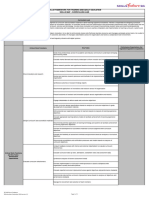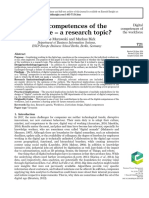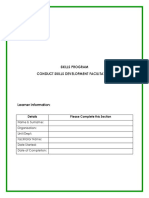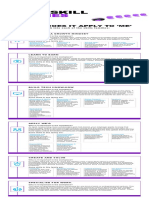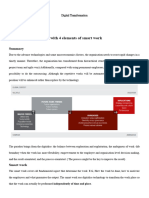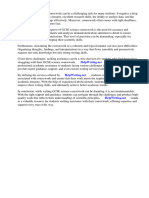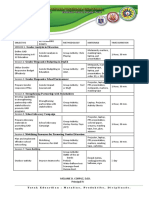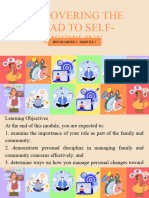0% found this document useful (0 votes)
55 views10 pagesUnit Content Unit 22
Unit 22 focuses on work-based learning in the digital economy, emphasizing the importance of continuous learning and adapting to industry changes. It outlines learning outcomes that include exploring digital work environments, preparing development plans, reviewing learning experiences, and reflecting on personal growth. The unit provides a framework for students to engage in practical work experiences while developing essential skills and competencies for their future careers.
Uploaded by
ShashiCopyright
© © All Rights Reserved
We take content rights seriously. If you suspect this is your content, claim it here.
Available Formats
Download as PDF, TXT or read online on Scribd
0% found this document useful (0 votes)
55 views10 pagesUnit Content Unit 22
Unit 22 focuses on work-based learning in the digital economy, emphasizing the importance of continuous learning and adapting to industry changes. It outlines learning outcomes that include exploring digital work environments, preparing development plans, reviewing learning experiences, and reflecting on personal growth. The unit provides a framework for students to engage in practical work experiences while developing essential skills and competencies for their future careers.
Uploaded by
ShashiCopyright
© © All Rights Reserved
We take content rights seriously. If you suspect this is your content, claim it here.
Available Formats
Download as PDF, TXT or read online on Scribd
/ 10





























